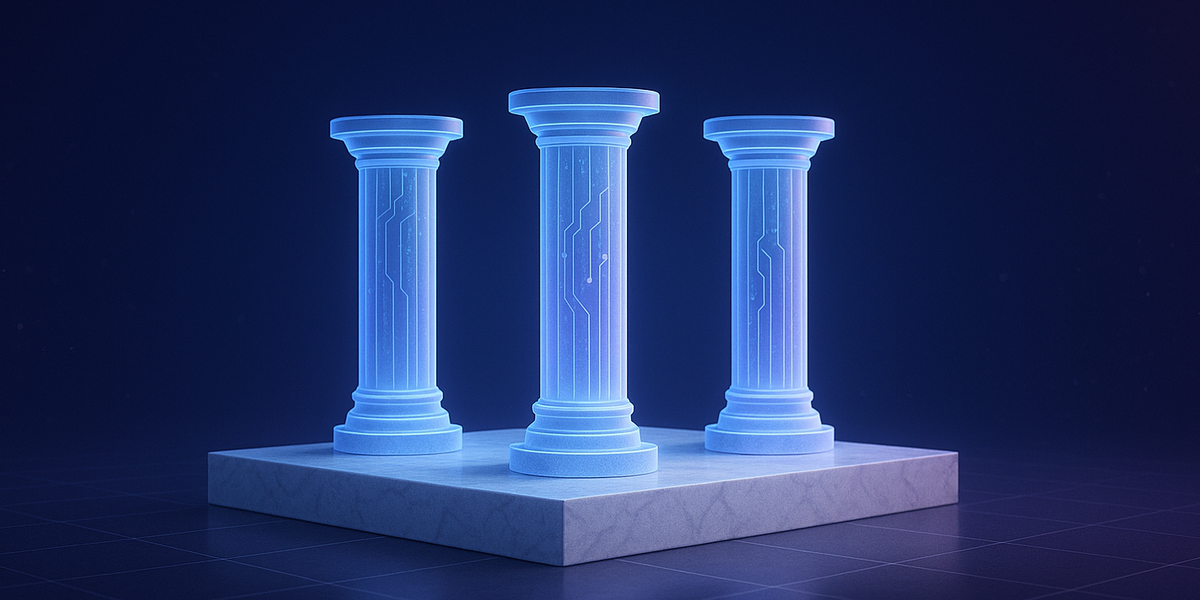AI Product Development: The Foundational Framework

Most AI features fail because teams focus on tools instead of results. Here's the framework that prevents expensive mistakes.
I've seen a clear pattern emerge: the teams succeeding with AI obsess over measurement, while failing teams obsess over tools. Gartner reports that 85% of AI projects fail to deliver expected outcomes, and in my decade as a CTO, it's usually because teams get caught up in architecture instead of understanding what actually works.
Every company that builds software faces the same decision: embrace AI transformation or watch competitors pull ahead. The framework below shows exactly where AI creates competitive advantage and where it creates costly pitfalls.
The Problem: Why Most AI Projects Fail
Traditional software is predictable. Build feature X, get result Y.
AI is probabilistic. Same input, different outputs every time. This breaks your standard development practices.
Real pattern I see: Teams spend months building AI features that test well internally but frustrate customers in production. The AI might be technically "correct" while solving the wrong problem entirely.
Root cause: MIT Sloan research shows that 90% of companies fail to achieve significant financial benefits from AI because they treat it like traditional software development.
Where AI Actually Creates Value
1. AI-Powered Customer Features
Build products that weren't possible 18 months ago
The opportunity: Create capabilities customers never thought possible while competitors debate strategy.
The reality: Most AI features fail because teams treat them like traditional software. AI requires different measurement, different planning, different quality control.
Key insight from my experience: Teams with custom data viewers iterate significantly faster than those using generic dashboards. The highest-ROI investment isn't a better model, it's tools that show what your AI actually does.
2. AI-Enhanced Development Process
Multiply your team's capacity without hiring
The opportunity: Small teams can now build enterprise-scale products. Features you shelved become feasible.
The reality: Success requires restructuring your entire development process around AI's strengths, not just adding AI tools.
What I consistently see: Teams implementing AI-enhanced development correctly ship features 2-3x faster with the same headcount. The secret isn't better tools: it's new workflows designed around AI capabilities.
The Three Fatal Mistakes
- The Tools Trap: Debating vector databases while neglecting measurement
- Skipping Evaluation: Building without knowing if it works until customers complain
- Treating AI Like Code: Applying waterfall planning to experimental technology
Why This Matters Now
Competitive timing: AI development practices are still early. Teams implementing this framework gain 12-18 months of advantage before these approaches become standard.
Economic reality: Companies mastering AI development build moats while others struggle with failed experiments and wasted resources.
Every month you delay, competitors get further ahead.
Your Next Step
Leading executives are moving fast but strategically, using proven frameworks rather than expensive experiments.
Ready to implement this framework for your AI strategy?
If you'd like an outside perspective to pressure-test your AI roadmap and avoid the costly mistakes I see teams making repeatedly, let's discuss your specific situation.


